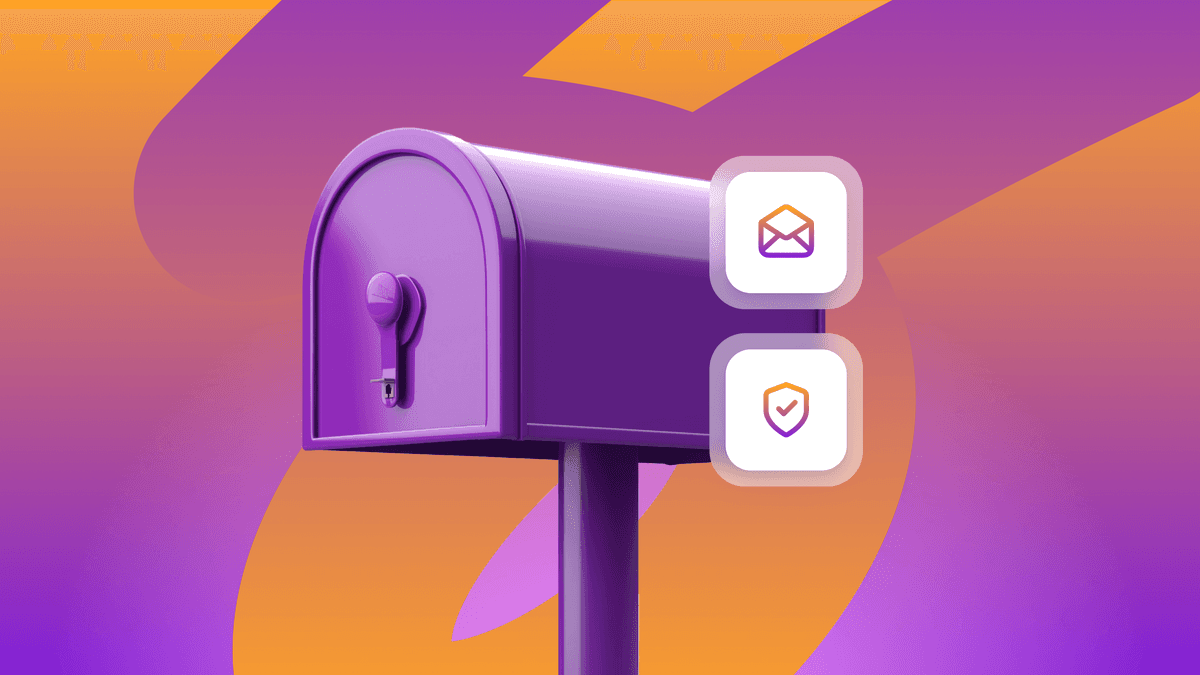Why Anonymous Users Matter for Retail and eCommerce in a Fast-Changing World
Published on May 19, 2022/Last edited on May 19, 2022/5 min read


Jackie Franklin
Senior Strategic Business Consultant, BrazeThe marketing landscape is shifting for retail and eCommerce brands—and that’s especially true for companies that have grown dependent on third-party cookies and acquisition channels like Instagram and Facebook to grow their audiences. That approach is changing as a result of privacy updates from Apple and Google that are rendering third-party cookies obsolete. This so-called death of the third-party cookie is widely recognized as a top digital media challenge and something that will have ripple effects throughout the retail and eCommerce space.
As a result of third-party cookie deprecation and other privacy-related changes, such as Apple’s changes to IDFA, 90% of surveyed retail and eCommerce brands plan to increase their marketing budgets, according to the Braze 2022 Retail Customer Engagement Review. One area where marketers are planning to invest more heavily is in their owned, first-party data. First-party data is the information that customers actively share with brands as they engage, whether that’s by creating online accounts or opting in to receive SMS or email marketing campaigns.
That change in focus is making it increasingly important for retail and eCommerce brands to take a new approach if they want to maximize growth without relying on third-party data. Anonymous users offer an untapped opportunity to grow first-party data and new known users.
The Role of Anonymous Users in Retail and eCommerce Customer Engagement
Picture your brand’s user base. Do you know one thing that the majority of your users most likely have in common? They're not known users. Yes, that's right. Up to 86% of them may be anonymous users—that is, users who view your website or app without logging into an account. That's according to a Braze study of over 100 popular retail and eCommerce apps conducted between November 2019 and February 2021. Of the 2.5 billion active users we observed, we found that only 14% were known users.
The thing is, these anonymous users aren't just browsing and bouncing. Often, they're taking action and spending money. In fact, we found that nearly all web users (92%) are anonymous and 12% of users who make purchases are unknown users. Not only that, anonymous users are 58% more likely to make a purchase within their first week of visiting a company's website or using their app than known users. The upshot? Ignore these key customers at your peril.

Strategies for Activating, Monetizing, and Retaining Anonymous Users
Do your current customer engagement strategies take anonymous users into consideration? If not, you're not alone. While it's clear that there's value in engaging anonymous users, the reality is that most (80%) unknown users currently receive no marketing outreach from the brands that they patronize.
The good news? Using just one messaging channel to engage with these unknown customers can deliver a 5.3X lift in likelihood to purchase, according to our research. That’s a significant increase and one that can have a major positive impact on your bottom line.
Not sure how to get started when it comes to engaging with your audience of anonymous users? Here are four smart ways to get things going:
#1: Ask users to share their feedback
When you know your customers better, you can serve them better. So start by asking them about their favorite subject—themselves. A quick poll or survey can help you collect that all-important first-party data and drive your segmentation strategies and future campaigns.

Besides your customers' names, there are dozens of data points you can collect that can lead to deeper message personalization, helping to provide the kind of experience that will nudge anonymous users to create an account or deepen their engagement.
#2: Get anonymous browsers to opt into their preferred channels (SMS marketing, email marketing, and web push notifications)
Use in-browser messages (IBMs) and in-app messages (IAMs) to encourage anonymous browsers to opt into receiving relevant updates from your brand in other messaging channels that can reach these customers beyond your app or website.

Ready to get started? See our guides on priming for web push, priming for push notifications, encouraging email marketing opt-ins, and securing SMS marketing opt-ins.
#3: Use IAMs and IBMs to explain the benefits of creating an account
What are the advantages of creating an account with your brand? Whether it's to be able to keep track of a customer's purchase history, earn rewards points, receive updates about orders, enjoy a personalized browsing experience, or save items to a wish list, using in-browser or in-app messaging to communicate the top reasons why users may want to create an account can do a lot to encourage customers to take that step.

#4: Leverage exit intent banners to encourage anonymous browsers to opt into using a special offer before leaving
Before your anonymous users bounce, use an exit intent in-browser message like this one below to encourage them to complete a transaction. This approach gives them a reason to stick around and encourages them to engage more deeply and drive additional account creation.

#5: Whatever you do to engage anonymous users, get started right away
That first 24-hour window surrounding a customer’s initial anonymous session is your brand’s opportunity to have the greatest impact. We've found that brands that take action within the first day see time-to-purchase decrease for both web and mobile users.

Final Thoughts
To adjust to today’s fast-moving retail landscape, brands need to take a deeper look at their audience of anonymous users and how they’re currently reaching them. Based on Braze research, brands that foster long-term relationships with anonymous users can achieve a strong ROI, improving overall business performance. For more insights, check out the 2022 Customer Engagement Review.
Related Tags
Be Absolutely Engaging.™
Sign up for regular updates from Braze.
Related Content
View the Blog
Look out: Outlook's new email requirements and what they mean for Braze senders

Alison Gootee

How the Braze Data Platform enhances flexibility and fosters collaboration

Sahiz Kaur

Customer churn prediction: Using data for smarter retention
